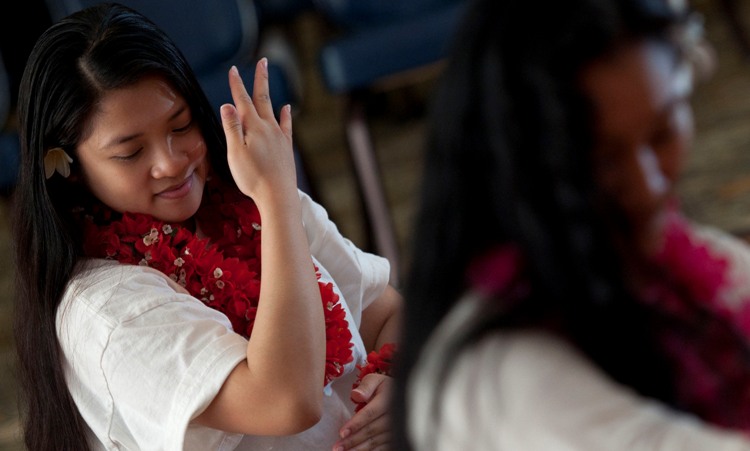Low wages, lack of employment remain challenges in Pacific despite resilient job growth
A key finding is the prevalence of low-quality jobs characterized by high levels of informality and relatively low wages in countries beyond Australia and New Zealand.

Low wages, lack of opportunity and high levels of informal employment remain a challenge in parts of the Pacific despite resilient job growth, according to a new report from the International Labour Organization (ILO).
The Pacific Employment and Social Monitor highlights how unemployment rates have returned to pre-pandemic levels across the Pacific, with nearly 800,000 individuals estimated to be unemployed in 2023, equivalent to an unemployment rate of 3.6 per cent. However, when excluding larger economies such as Australia, New Zealand and Papua New Guinea, the unemployment rate rises to 5.3 per cent, close to the global average of 5.1 per cent.
A key finding is the prevalence of low-quality jobs characterized by high levels of informality and relatively low wages in countries beyond Australia and New Zealand. These conditions have contributed to labour migration flows as individuals seek better economic opportunities elsewhere.
While job growth has been steady in many smaller Pacific Island countries, challenges persist, particularly for marginalized groups. Women, despite constituting a high share of the workforce, continue to face gender gaps, with higher unemployment rates than men.
Additionally, youth unemployment remains a pressing issue, with high levels of young people not in education, employment tor training (NEET). Considerable differences exist across the region ranging from nearly 50 per cent in Kiribati to under 10 per cent in the Solomon Islands. Young women have consistently higher NEET rates than young men.
Although there has been a marginal decline in informal employment – from 35.9 per cent in 2010 to 34.7 per cent in 2023 – it persists at high levels, contributing to working poverty and job insecurity. Excluding Australia, New Zealand and Papua New Guinea, the informal employment rate (55.1 per cent) is very close to the global rate (58.0 per cent).
In light of these findings, the report underscores the importance of targeted employment and skills policies. Entrepreneurship promotion, social protection measures and adherence to labour standards are required to create decent jobs for all segments of society including women, youth and persons with disabilities.
"The disparities in wage levels and working conditions within the Pacific sub-region are considerable," noted Martin Wandera, ILO Country Director for the Pacific Islands. “We must strive to create inclusive, decent and attractive jobs in the national labour markets of Pacific Island countries while ensuring that the experiences of those who choose to migrate for work are positive,” he said.
The Pacific Employment and Social Monitor for April 2024 was launched in Fiji on 24 April 2024 at the Pacific Tripartite High-Level Dialogue on Decent Work and the 2050 Strategy for the Blue Pacific Continent.
- READ MORE ON:
- International Labour Organization










